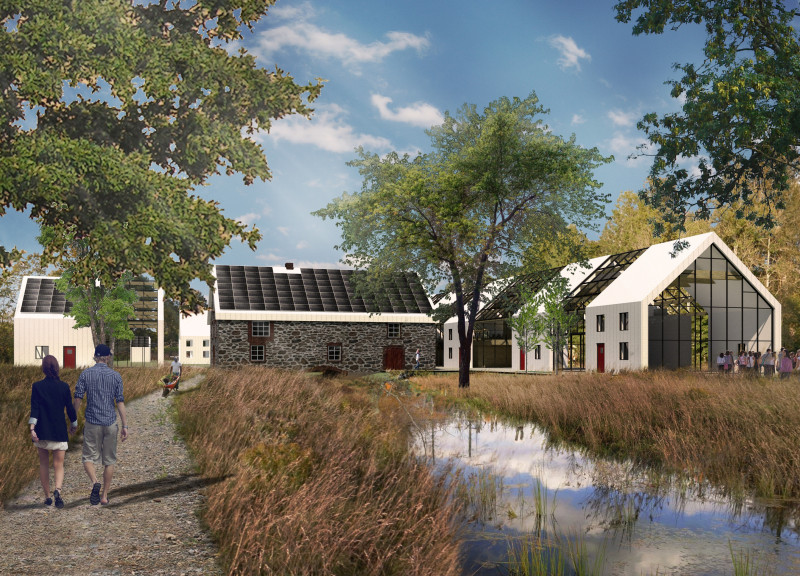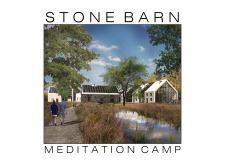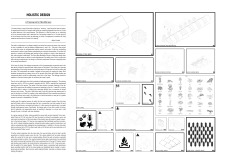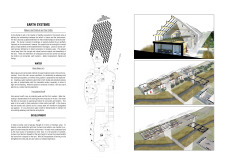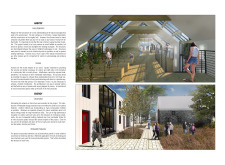5 key facts about this project
### Project Overview
The Stone Barn Meditation Camp is situated within a historically significant landscape, repurposing an original barn from the 1870s into a modern retreat dedicated to meditation and self-reflection. The intent behind the design is to create an environment that fosters mindfulness while respecting the ecological and historical context of the site. The project emphasizes a deep connection between human activities and the surrounding natural environment.
### Spatial and Landscape Strategy
The site planning incorporates a balanced approach to water management, habitat conservation, and energy efficiency. Innovative rainwater capture systems facilitate effective stormwater management, while the preservation of native flora and fauna integrates existing vegetation into the layout. Built structures are intentionally scaled and designed to complement the natural landscape, reinforcing a cohesive sense of place throughout the camp.
### Material Selection and Environmental Integration
A carefully curated selection of materials supports both aesthetic appeal and sustainable practices. The design retains stone from the original barn, preserving the historical narrative, while cross-laminated timber serves as the primary structural component due to its low environmental impact. Large glass elements provide ample natural light and ventilation, enhancing the indoor-outdoor relationship. Additionally, solar panels are incorporated to harness renewable energy, and reclaimed wood is utilized in furniture and fixtures, honoring the site's heritage while promoting sustainability. Each material choice reflects a commitment to ecological stewardship, aligning with the overarching design philosophy of the camp.
### Architectural Features
Key architectural elements include a meditation hall designed to maximize natural light and offer expansive interior spaces conducive to tranquility. Communal gathering areas utilize an open concept to foster social interaction among visitors. Private quarters are intentionally designed to provide solitude without total separation, thus balancing individual retreat experiences with community engagement. The thoughtful integration of these spaces further emphasizes the camp's focus on mindfulness and ecological awareness.


